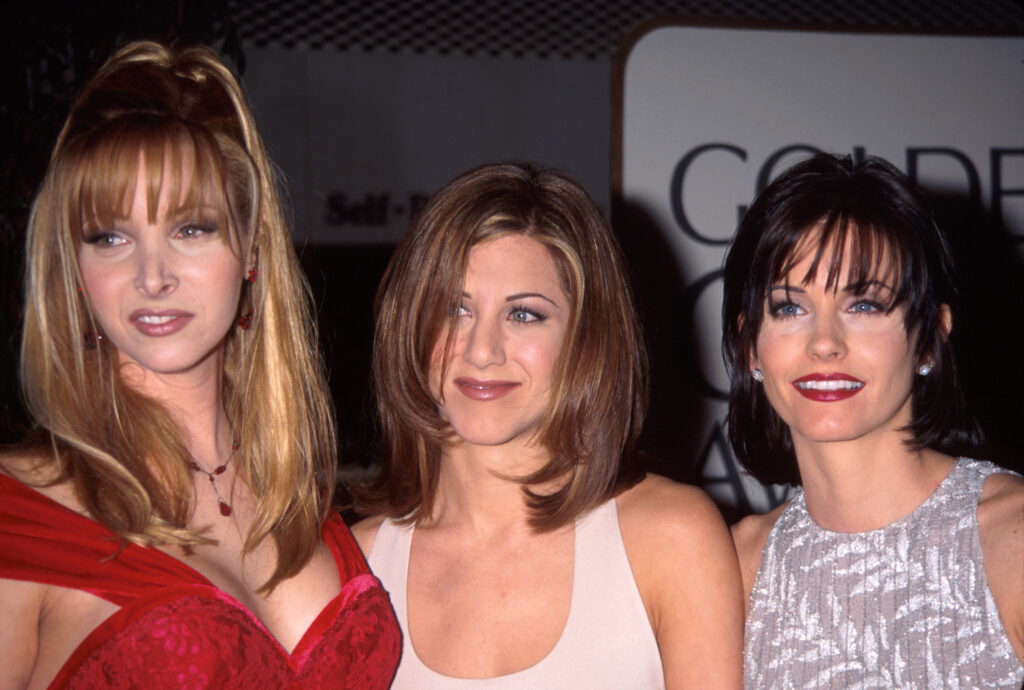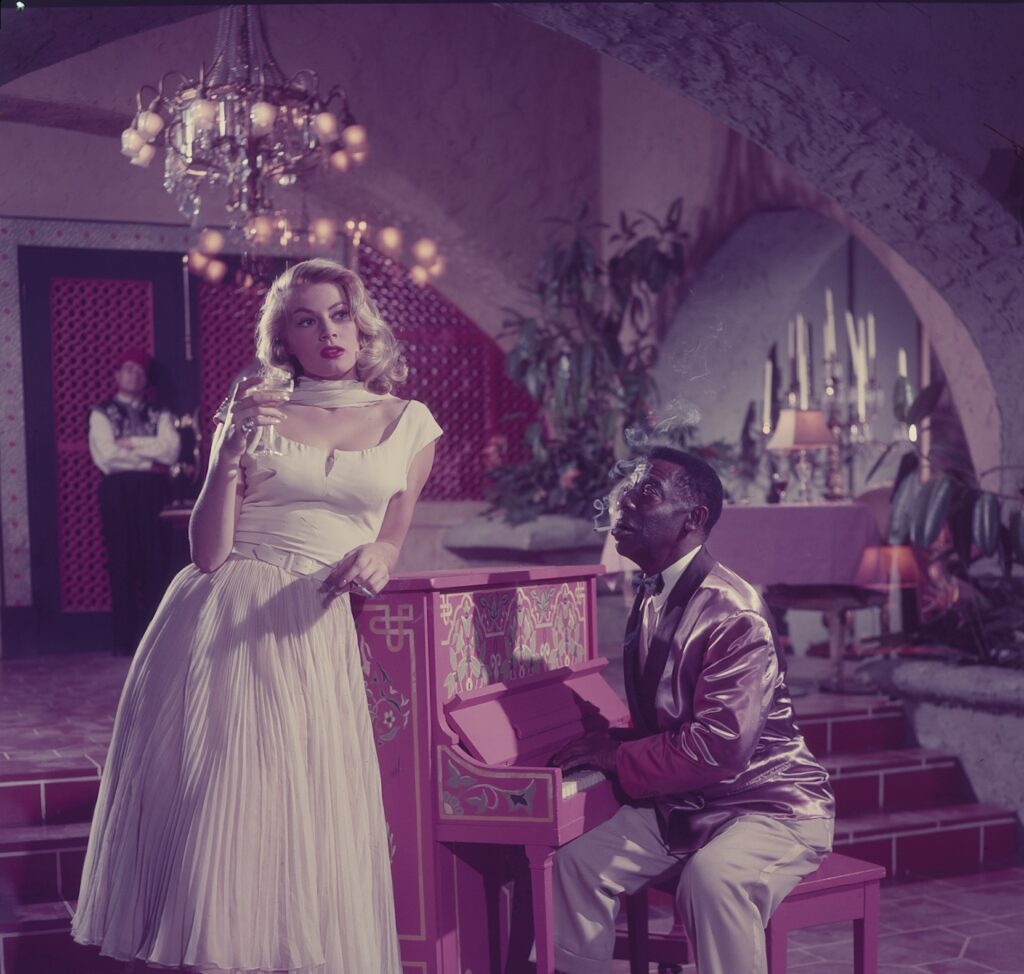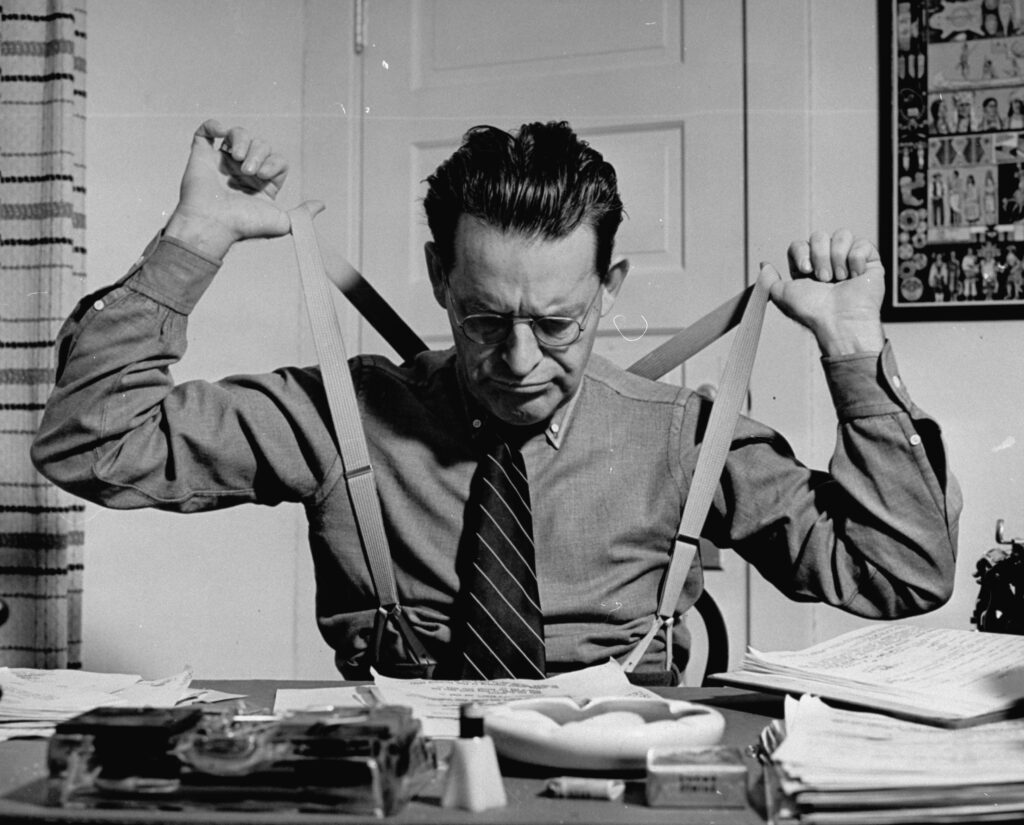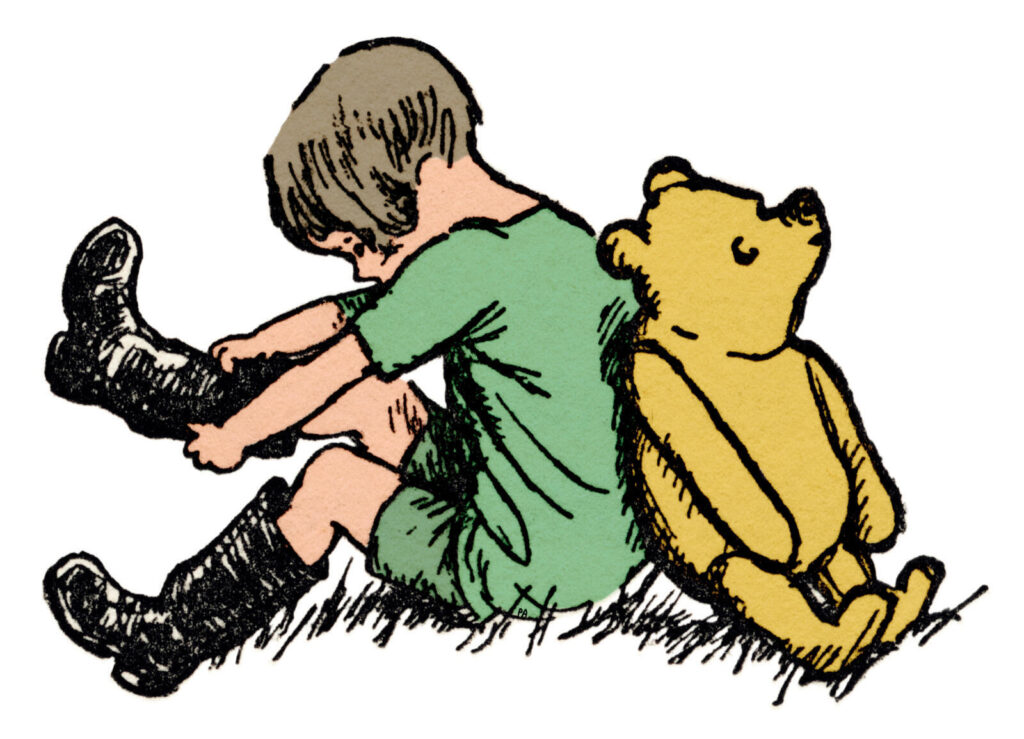LIFE devoted its issue of Dec. 24, 1956 to The American Woman: Her Achievements and Troubles. Some of the many topics covered in the issue included: giving birth for the first time, the trials of widowhood, and a 13-year-old tomboy’s transition to traditionally feminine fashion. Noted anthropologist Margaret Mead wrote a piece for the issue tracing the spirit of American women to the hardships of the frontier days. This is but a sampling.
LIFE also had a big story on Marjorie Sutton of Los Angeles. Sutton was a 32-year-old mother of four with an amazingly busy life. Sutton married her husband George when both were in high school—he was 17, she was 16. He worked at his father’s Ford agency, while she had four children and handed the home duties.
In the photo captions in the LIFE archives, Sutton is repeatedly described as the “ideal housewife,” suggesting that was the guiding idea behind the assignment. Though if that’s the case, the magazine’s editors reeled in their assessment a tad before going to press, simply headlining the piece, “Busy Wife’s Achievements.”
However you describe her, the list of activities that Sutton had the time, energy and aptitude for suggest she was some kind of Superwoman:
She is a sponsor of the Campfire Girls, serves on PTA committees, helps raise funds for Centinela Hospitals and Goodwill Industries, sings in the choir at Hollywood’s First Presbyterian, and inevitably is drawn into many of her husband’s civic interests. But Marge Sutton thinks of herself primarily as a housewife and, having stepped from high school into marriage, has made a career out of running her home briskly as well. She does much of the cooking, makes clothes for her four children (ages 6-14) and for herself and, as a hostess, she entertains an endless stream of guests—1,500 a year, she estimates.
If it all sounds a little improbable, it should be noted that Marge did have had a maid helping out. Still, the photos by LIFE’s Ralph Crane show a woman with her hands full. Sutton is seen driving the carpool, shopping for groceries, sewing her children’s clothes, singing in the choir and also serving on the church decorations committee, in addition to caring for her four children and also the family dog.
One photo laden with symbolism shows her driving the family’s 1921 Model T Ford, which the Suttons apparently owned for kicks (Marge is seen driving a regular sedan in the carpool shots). In the Model T, Marge is the one with her hands on the wheel, while her family is either in the seats or standing on the car’s running boards. “She’d be a racer if I let her,” husband George told LIFE.
The most atypical photo of Sutton is one which did not run in the magazine. This picture shows her at night, floating in the pool behind her house, all by herself. It’s the one photo which suggests she might ever grow tired or need a few moments alone.

Marge Sutton, star of a 1956 LIFE story on the ideal housewife.
Ralph Crane/Life Picture Collection/Shutterstock

Marge Sutton drove a 1921 Model T Ford with son Gart beside her, daughter Christie in back, and husband George and children Marshall and Lolly on the running boards, 1956.
Ralph Crane/Life Picture Collection/Shutterstock

Marge Sutton with husband George, 1956.
Ralph Crane/Life Picture Collection/Shutterstock

Marge Sutton with son and dog, 1956.
Ralph Crane/Life Picture Collection/Shutterstock

Marge Sutton drove the high school carpool, 1956.
Ralph Crane/Life Picture Collection/Shutterstock

Marge Sutton, star of LIFE story on the ideal housewife, shopping for groceries, 1956.
Ralph Crane/Life Picture Collection/Shutterstock

Marge Sutton pinned the hem of her daughter Christies’ dress while her daughter Sally watched, 1956.
Ralph Crane/Life Picture Collection/Shutterstock

Marge Sutton with her son in their Los Angeles home, 1956.
Ralph Crane/Life Picture Collection/Shutterstock

Marge Sutton helped her daughter Sally with her homework, 1956.
Ralph Crane/Life Picture Collection/Shutterstock

Marge Sutton talked about PTA business on the phone while removing a shirt from her son Gart, 1956.
Ralph Crane/Life Picture Collection/Shutterstock

Marge Sutton cleaned her son Gart’s fingernails on a Saturday night, 1956.
Ralph Crane/Life Picture Collection/Shutterstock

Marge Sutton, wearing a dress she made herself, has a bracelet fastened by husband George as they prepare to go out, 1956.
Ralph Crane/Life Picture Collection/Shutterstock

Marge Sutton sings in her church choir, 1956.
Ralph Crane/Life Picture Collection/Shutterstock

Marge Sutton, the decorations chairman at her church, worked on the main altar, 1956.
Ralph Crane/Life Picture Collection/Shutterstock

Marge Sutton pledged allegiance with her son’s Cub Scout pack, 1956.
Ralph Crane/Life Picture Collection/Shutterstock

Marge Sutton and her family dined out at a buffet, 1956.
Ralph Crane/Life Picture Collection/Shutterstock

Marge Sutton and her family read the Sunday comics, 1956.
Ralph Crane/Life Picture Collection/Shutterstock

Marge Sutton and her four children enjoyed the pool at their Los Angeles home, 1956.
Ralph Crane/Life Picture Collection/Shutterstock

Marge Sutton and her family enjoyed the pool at their Los Angeles home, 1956.
Ralph Crane/Life Picture Collection/Shutterstock

Marge Sutton and husband George enjoy their time on the tennis court, 1956.
Ralph Crane/Life Picture Collection/Shutterstock

Marge Sutton attended her twice-weekly trampoline session with instructor Joe Smith at the YMCA in Inglewood, California. LIFE wrote in 1956 that Sutton’s interest in the trampoline “started during a `slim and trim’ class which she took at the Y to help preserve her size 12 figure.”
Ralph Crane/Life Picture Collection/Shutterstock

Marge Sutton decorates the Christmas tree, a 16-foot fir that the family cut itself in the San Bernardino Mountains, 1956.
Ralph Crane/Life Picture Collection/Shutterstock

Marge Sutton and family decorated their Christmas tree, 1956.
Ralph Crane/Life Picture Collection/Shutterstock

Marge Sutton sews and sits with her husband by the fire, 1956.
Ralph Crane/Life Picture Collection/Shutterstock

Marge Sutton enjoyed a late night swim at her Los Angeles home, 1956.
Ralph Crane/Life Picture Collection/Shutterstock




















































































































































